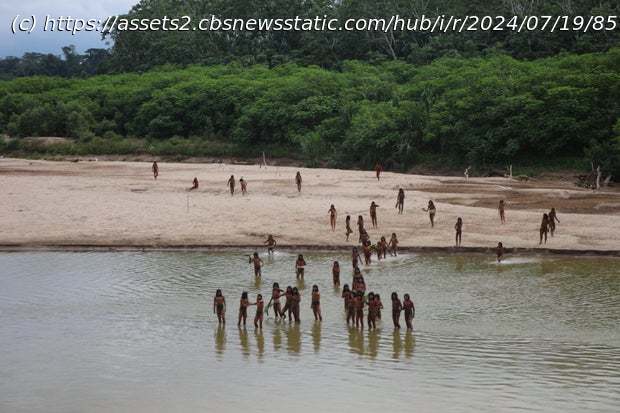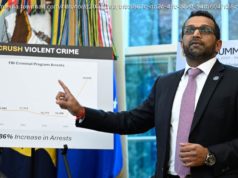Loggers were killed after entering Mashco Piro territory in Peru’s Amazon, with Indigenous leaders warning that such clashes are inevitable when frontier zones go unpoliced.
From the depths of Brazil’s Amazon to Indonesia’s rainforests, some of the world’s most isolated peoples are being squeezed by roads, miners and drug traffickers — a crisis unfolding far from public view or effective state protection.
A new report by Survival International, a London-based Indigenous rights organization, attempts one of the broadest tallies yet, identifying at least 196 uncontacted Indigenous groups in 10 countries, primarily in the South American nations sharing the Amazon rainforest. Released Sunday, the report estimates that nearly 65% face threats from logging, about 40% from mining and around 20% from agribusiness.
„These are what I would call silent genocides – there are no TV crews, no journalists. But they are happening, and they’re happening now“, said Fiona Watson, Survival’s research and advocacy director, who has worked on Indigenous rights for more than three decades.
The issue often receives little priority from governments, which critics say see uncontacted peoples as politically marginal because they don’t vote and their territories are often coveted for logging, mining and oil extraction. Public debate is also shaped by stereotypes – some romanticize them as „lost tribes“, while others view them as barriers to development.
Survival’s research concludes that half of these groups „could be wiped out within 10 years if governments and companies do not act.“Who the uncontacted peoples are
Uncontacted peoples are not „lost tribes“ frozen in time, Watson said. They are contemporary societies that deliberately avoid outsiders after generations of violence, slavery and disease.
„They don’t need anything from us“, Watson said. „They’re happy in the forest. They have incredible knowledge and they help keep these very valuable forests standing – essential to all humanity in the fight against climate change.“
Survival’s research shows that more than 95% of the world’s uncontacted peoples live in the Amazon, with smaller populations in South and Southeast Asia and the Pacific. These communities live by hunting, fishing and small-scale cultivation, maintaining languages and traditions that predate modern nation-states.Why contact can be deadly
Groups living in voluntary isolation have „minimal to no contact with those outside of their own group“, said Dr. Subhra Bhattacharjee, director general of the Forest Stewardship Council and an Indigenous rights expert based in Bonn, Germany. „A simple cold that you and I recover from in a week … they could die of that cold.“
Beyond disease, contact can destroy livelihoods and belief systems. International law requires free, prior and informed consent – known as FPIC – before any activity on Indigenous lands.
„But when you have groups living in voluntary isolation, who you cannot get close to without risking their lives, you cannot get FPIC“, Bhattacharjee said. „No FPIC means no consent.“
Her organization follows a strict policy: „No contact, no-go zones“, she said, arguing that if consent cannot be obtained safely, contact should not occur at all.
Start
United States
USA — Science Half of uncontacted Indigenous tribes "could be wiped out" in 10 years,...






